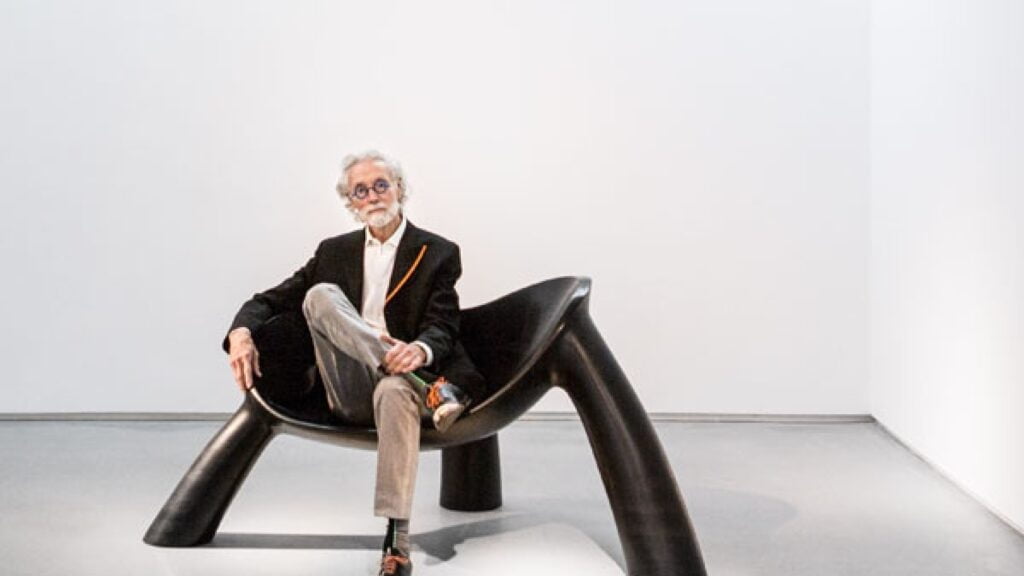Poul Kjærholm
Poul Kjærholm
designer
- Birth: January 8, 1929
- Died: April 18, 1980
- Nationality: Danish
Poul Kjærholm was one of the leading designers of 20th-century Danish design. He graduated the furniture design at the Danish School of Arts and Crafts in Copenhagen in 1952.
Poul Kjaerholm was the stated contrast to Arne Jacobsen, who seemed too lovely to him, but beat him and overshadowed his worldwide success. Now both are sold by Fritz Hansen, thanks to a company takeover. This would have been unimaginable in his lifetime. Both had in common that they freed Scandinavia from the fixation on the teak.
Poul Kjaerholm had started with a carpentry apprenticeship, but he became a supporter of a completely different material: steel – for him, it was a raw material as natural as wood, and he handled it confidently. His couch, for example, is unsurpassedly light, and the side view is slim as if drawn with a single line.

Despite his experience in woodwork, Kjærholm had a keen interest in many various materials, including steel. The “PK 25” chair, which he designed in 1951 as his graduation project, displays both his skilled craftsmanship and his interest in more industrial techniques. The frame is made of chromium-plated steel that is bent into the final shape, with no joints needed, and the seat itself is made of a cable that is wrapped around the frame.
Kjærholm favored functionalism’s clean lines and understated forms, which made his daring use of industrial materials and technology stand out even more. In 1973, he was made the head of the Danish Institute for Design, and in 1976 he became a professor. Kjærholm enjoyed great success throughout his career.
He won the Grand Prize at the Milan Triennial in 1957 and 1960, and many of his designs were included in museum exhibits around the world, like the V&A Museum in London and the Museum of Modern Art in New York.






